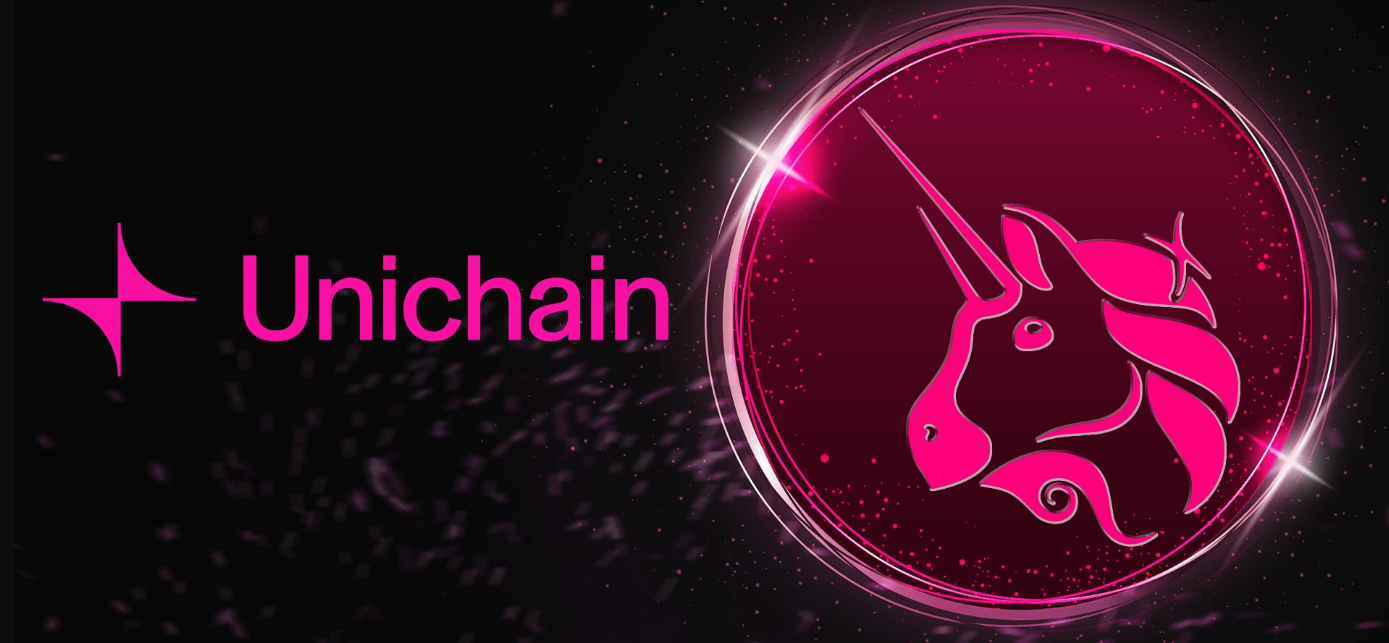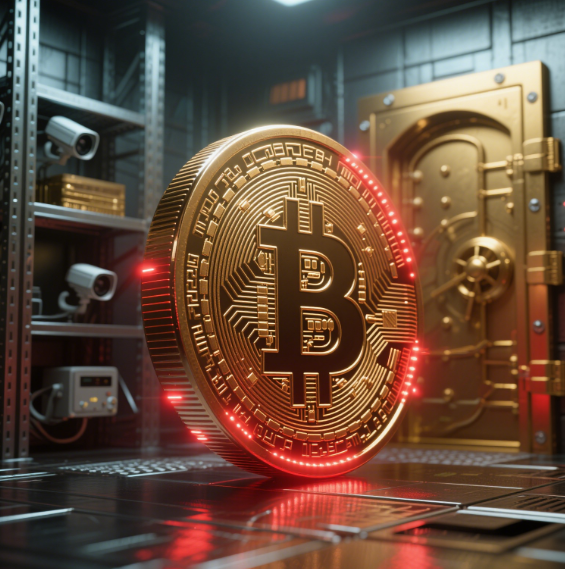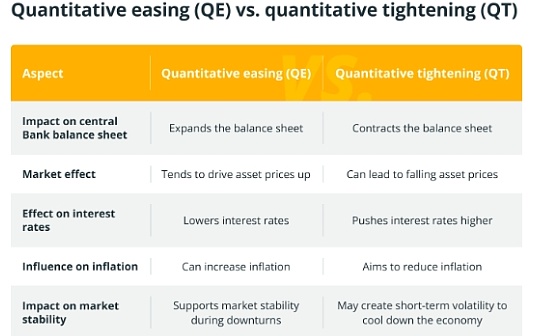Today, we're diving into Unichain and how it supports cross-chain liquidity. For newcomers to the crypto space, cross-chain might sound like a complex term, but it's essentially about enabling assets to flow freely between different blockchains, just like currencies can be exchanged between countries. Unichain's mission is to break down the barriers between blockchains and make asset movement smoother.

So, how does Unichain achieve cross-chain liquidity? Let's break it down:
1. Cross-Chain Bridge: The "Highway" for Asset Transfers
One of Unichain's core technologies is its cross-chain bridge. Think of it as a "highway" connecting different blockchains, allowing users to transfer assets from one chain to another. For example, you can move Bitcoin from the Bitcoin network to the Ethereum network and use it in DeFi applications. Unichain's cross-chain bridge employs secure smart contracts and decentralized validation mechanisms to ensure the safety and reliability of asset transfers.
2. Liquidity Pools: Pooling Resources Together
Unichain establishes cross-chain liquidity pools that aggregate assets from various blockchains. These pools act like "reservoirs," providing ample "water" for cross-chain transactions. Users can deposit assets into these pools to earn rewards while providing liquidity for others. Unichain's liquidity pools use advanced algorithms to optimize asset allocation and improve capital efficiency.
3. Atomic Swaps: Instantaneous Transactions
Unichain supports atomic swap technology, a trustless method for cross-chain transactions. Atomic swaps are like "simultaneous handshakes," where both parties complete the transaction on their respective blockchains at the same time—either entirely successful or entirely failed, eliminating transaction risks. Unichain's atomic swaps are fast, secure, and offer a better trading experience.

4. Governance Token: Community-Driven
Unichain has its own governance token, allowing holders to participate in project governance. They can vote on important matters like cross-chain transaction fees and liquidity pool parameters. This decentralized governance model ensures the project's long-term growth and community benefits.
Unichain's Advantages:
High Security: Decentralized validation and smart contracts protect assets.
High Efficiency: Fast cross-chain transactions with low fees.
Strong Compatibility: Supports major blockchains like Bitcoin, Ethereum, and Polkadot.
Community-Driven: Ensures sustainable development through collective governance.
Unichain's Use Cases:
Cross-Chain DeFi: Users can freely transfer assets between DeFi apps on different chains, accessing more investment opportunities.
Cross-Chain NFTs: NFTs can circulate across blockchains, expanding their utility.
Cross-Chain Payments: Users can pay with assets from different blockchains, enhancing convenience.

Conclusion:
Unichain enables cross-chain liquidity through bridges, liquidity pools, and atomic swaps, breaking down blockchain barriers. Its security, efficiency, and compatibility make it a standout in the cross-chain space. As blockchain technology evolves, Unichain is poised to play an even bigger role in the cross-chain ecosystem.
















No comments yet